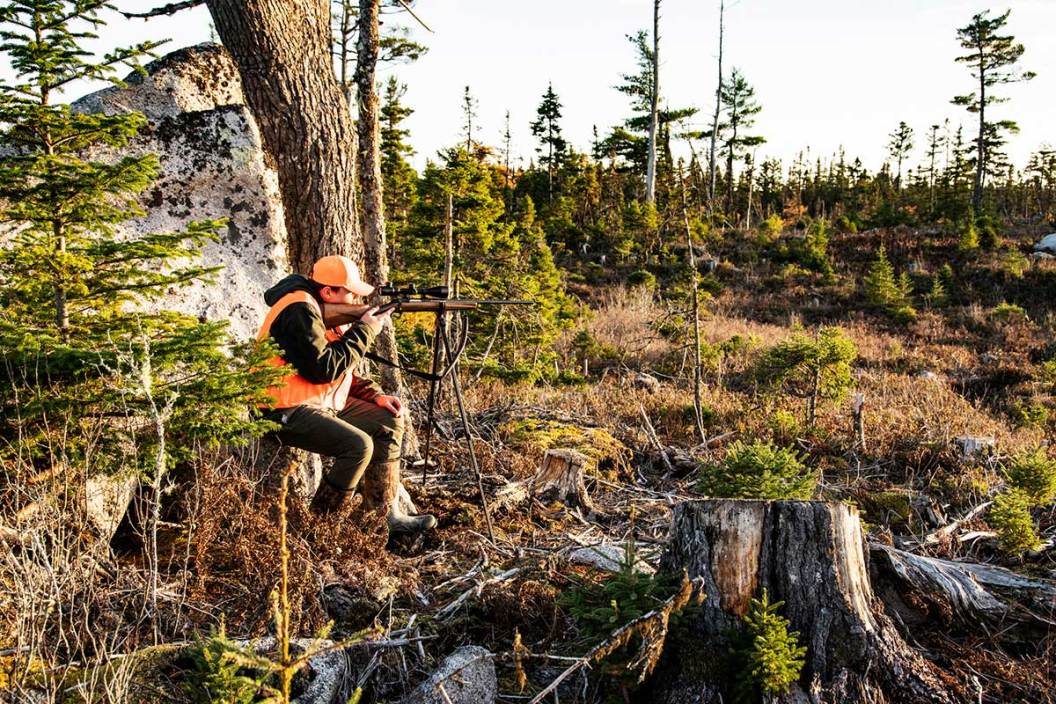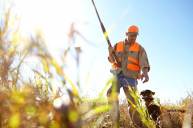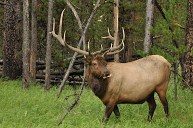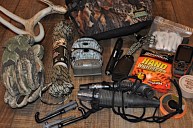Public hunting areas are everywhere, but some offer better hunting opportunities than others. There are three significant factors when considering a state to hunt on public land. The first is the amount of public land open to hunting in that state. Secondly, what species of animal are you looking to pursue? And lastly, what is the process of getting a hunting license or tag in that state? Suppose you are a resident of the following states. In that case, your opportunities will be more abundant than non-residents who must go through the draw or lottery process of obtaining a tag for certain species. Be sure to do your complete research on a state and all its rules, laws, and procedures before heading out to hunt. Many state fish and wildlife departments are a great help in guiding people through the process of hunting public land. Today's article is not focused on that. We want to give you some ideas and essential information on four of the best states to consider for public land hunting. These states offer a variety of big game animals to pursue, and hunting access opportunities abound on public grounds.
Consider what species you would like to hunt, explore the application and draw processes of each state, and then plan the dream hunt you have always envisioned. Hunting in public areas usually requires more time, effort, and homework than you might put into a hunt on private land. The results are worth it when you finally stand over the animal you've always wanted.
Alaska
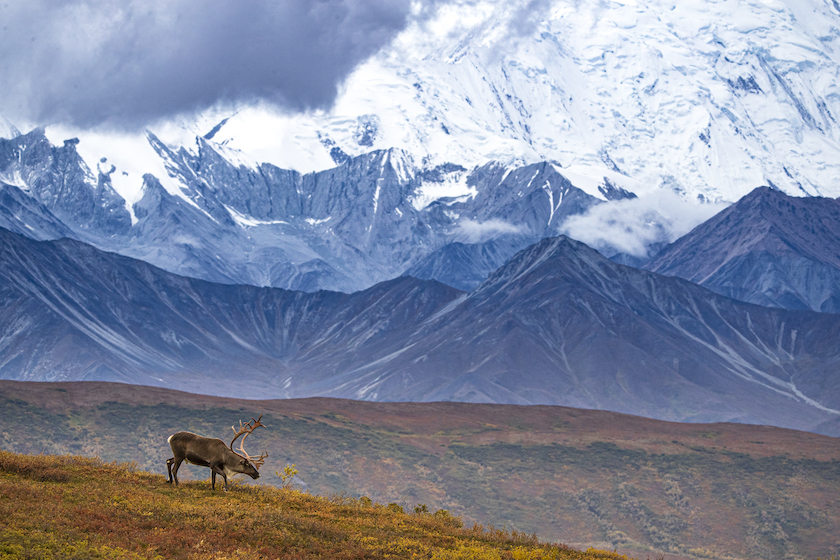
Dennis Stogsdill via Getty Images
Truly a wilderness frontier and wildlife experience, Alaska offers the most abundant public land in the United States, with over 271 million acres of open hunting land. That is almost 75% of the entire state of Alaska. Although it goes without saying, many of those areas will be very far off the beaten track and are not for the faint of heart. Alaska offers the widest variety of big game species to hunt on public land. They include bison, moose, caribou, elk, muskox, Dall sheep, Sitka deer, mountain goats, and various predators like black and brown bears and wolves. Alaska is a paradise of options and opportunities for a big game hunter, albeit chances that will hit you harder in the wallet than other parts of the country.
Non-resident hunters must enter a draw/lottery to obtain tags for big game species. These tags come with a hefty price tag. Alaska also requires a guide or hunting with a relative for species such as bears, Dall sheep, and mountain goats. Some tags, like bison, are considered a "once-in-a-lifetime" type of tag where it may take 10-20 years to draw the tag, and once you do, that's it. Successful on your hunt or not, you can never draw one again. Better make the most of the opportunity!
Montana
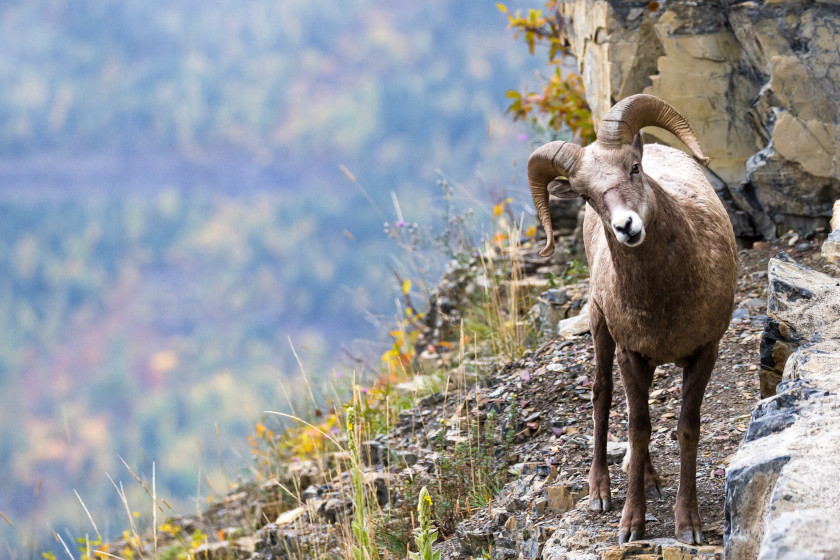
Getty Images: Charles Wollertz
Montana is ranked tenth in the United States in public land, with only 30 million acres open to hunters. Yet it's another state offering a broad variety of species of animals to hunt. The nice thing about Big Sky country is the ease of access and terrain much more hunter friendly than the Alaskan wilderness, especially for those living in the lower 48. Most of Montana's public land rests on the western and southwestern sides of the state closest to Idaho. Like Alaska, Montana offers a wide variety of big game species open to hunting. These include mountain goats, bighorn sheep, pronghorn antelope, elk, bison, mule deer, whitetail deer, moose, mountain lions, turkey, wolves, and black bears. Prices for hunting these species are a bit more manageable than Alaska's tag prices. Still, it seems that the bigger the animal and the smaller the population of that species, the higher the price tag. Montana is also a draw state and has a complicated application process. Before entering a unique, limited-entry draw, you must apply for a general draw. But Montana does allow you to buy bonus points that will help with your odds of drawing a tag for your species of interest. Again, do your homework. Some of these tags, like bighorn sheep, take some hunters years or even decades to be successful in the drawing.
Idaho
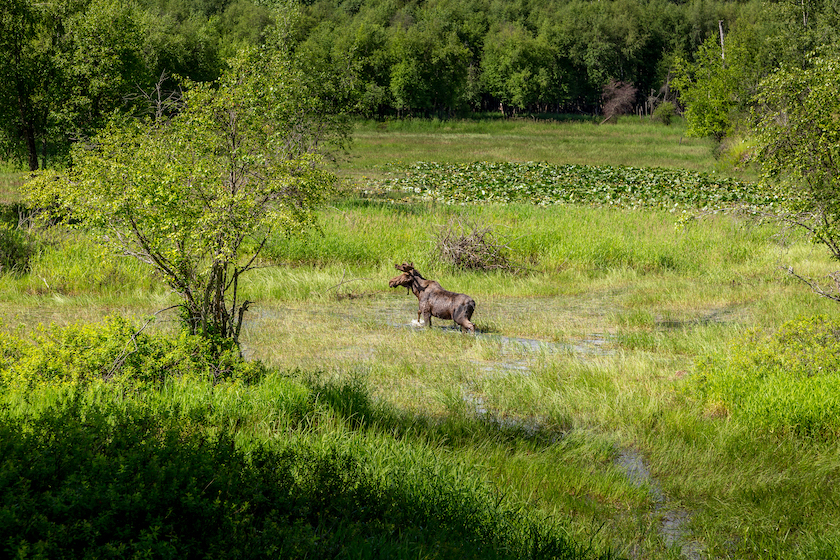
Jennifer_Sharp via Getty Images
Idaho is number four on the public land list, with almost 35 million acres of land open to hunting. This land accounts for approximately 65% of the state and is open to public land hunting. It is a very mountainous region, meaning more extreme hunting conditions for hunters to traverse in search of their game species. That terrain also helps Idaho house substantial herds of mountain-dwelling species over most of the state.
Idaho is home to the big three species of hunting: moose, elk, and mule deer. There are also antelope, Dall sheep, mountain goats, and black bears that are open. While Idaho doesn't have as many species as our previous two states, it has more affordable prices and abundant public land options statewide. Drawing a tag in Idaho is less complex than in Montana, but it has some nuances. Non-residents are only eligible for 10% of the state's total tags for each species, a common practice across most western states. The downside is Idaho does not currently have a bonus or preference point system to help your odds. The upside to that is that it gives everyone an equal opportunity to draw a tag regardless of how long you've been trying. Over-the-counter (OTC) tags are available for some species, like elk. However, it's worth noting that the best areas often sell out fast, so it's best to buy as soon as they go on sale.
Colorado
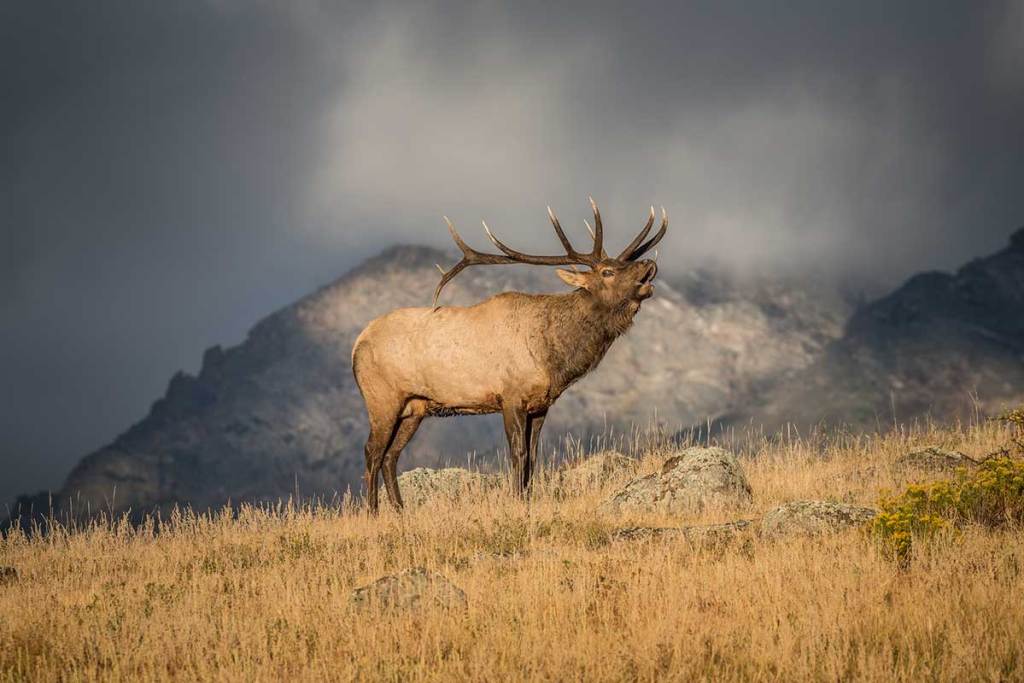
Matt Dirksen/Getty
Colorado has over 23 million acres of hunting-accessible public land, accounting for 35% of the state's open to hunting. Colorado has a wide range of climate and terrain types, allowing for hunting different species. Colorado has become a public land hunting hot spot over recent years due to its large herd sizes. Elk is the most popular species hunted in Colorado, as it is home to the country's largest elk herd. But other species are hunted there as well, such as mule deer, antelope, moose, mountain goat, Dall sheep, and Black Bear. Colorado has the most wallet-friendly prices on its hunting tags, a leading case in Colorado rising to the top of hunter-friendly states.
Drawing for tags in Colorado is a bit more straightforward than in other states, and for deer and elk, non-residents can take up to 35% of all tags. For all other species, it is limited to 10%. Colorado does have a well-organized preference point system that allows hunters to gain better odds. Still, you must build up to three preference points for rarer species like goats and sheep before entering a draw. Colorado is famous for having OTC tags for species like elk and deer after the draws. This allows for more non-residents to access hunting tags for Colorado. Although you might face more hunting pressure in public access areas with OTC tags than the draw areas. It's not impossible to kill big bucks and bulls in places with many OTC tags. Still, it's more challenging, especially for bowhunters.
Honorable Mentions
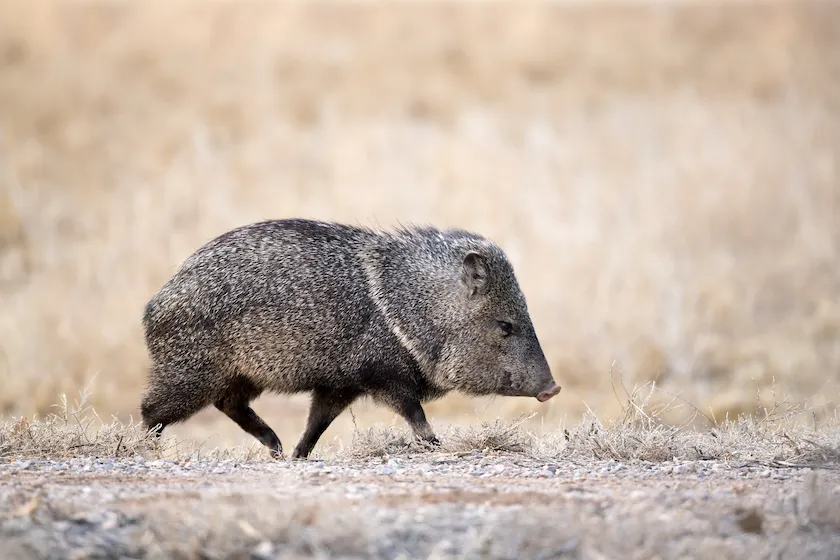
kojihirano via Getty Images
Wyoming has long been a popular state, but the number of tags available through draw has recently decreased drastically, making it harder to obtain tags. It is still worth checking out the Equality State, but getting a tag may take a little longer unless you have preference points built up. Arizona and Utah are both states coming to the forefront of public land hunting. Most overlook these states because people regard them as desert states. However, they offer healthy deer, robust elk populations, and other big game animals. Arizona is also becoming extremely popular for its javelina and turkey seasons which are pretty cheap for non-residents.
This article was originally published on April 16, 2022.
